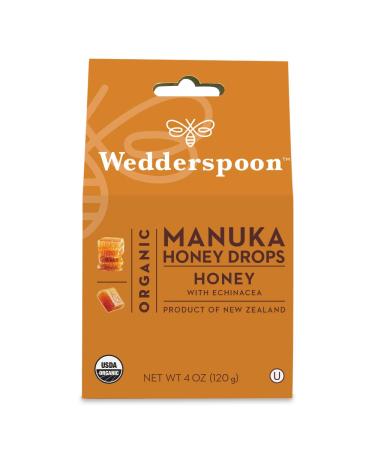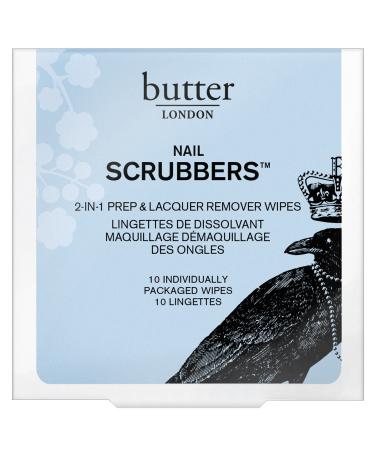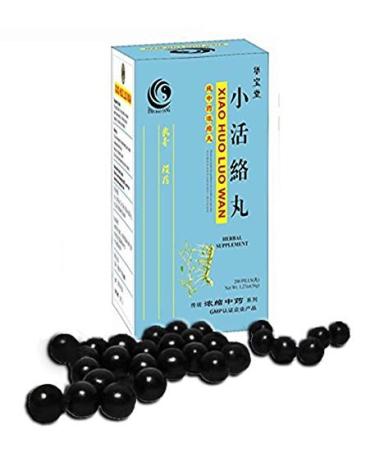Original production by Manisa Tourism Association
Mesir Paste 5-Stick Advantage Pack 5 Pack
Ingredients:
Sugar, glucose, spice mixture, acidity regulator (citric acid).
Spices:
Cinnamon, black pepper, allspice, cloves, black cumin, mustard seeds, anise, coriander, ginger, turmeric, coconut, fennel, kebabiye, senna, yellow halile, vanilla, millet fülfül, cardamom, galangal, zulumba, hiyarsembe, saffron, elixir, cumin, galanga, pine mastic, mirsafi, licorice, damask, lemon peel, orange peel, camel thorn seed, flax seed, nettle, rosemary, heather, udi turkey, white pepper, chaste tree seed, grape seed, black halile, hibiscus, carob, lemon balm.
nutritional table
Carbohydrate: .7
Protein:0.44
Fat: 0.16
Energy (100gr.):350 kcal 1463 g-Kj
Benefits of Mesir Paste
According to a report by Celal Bayar University, mesir paste has appetite-stimulating, carminative, tonic, diuretic, fatigue-relieving, and hormone-stimulating effects.
According to some popular beliefs
No poisonous animal will bite anyone who eats this paste throughout the year.
Even seriously ill people who eat it on Nevruz Day will benefit from it.
Young girls of wedding age who eat the paste will marry within that year.
Those who eat the paste will be protected from all diseases throughout that year.
It is believed to increase sexual potency.
Those who cannot have children believe that if they take it, their wishes will come true.
It is good for childhood illnesses.
The use of mesir paste is as follows:
Those who want to see its benefits are recommended to use it forty dayswithout interruption.
It can be mixed with hot water or hot milk.
It can be drunk.
You can use mesir paste instead of sugar when drinking tea.
It is also almost always eatenas a dessert.
History of Mesir Paste
It was invented by the Sufi physician Merkez Efendi.Merkez Efendi - whose real name is Muslihiddin Efendi - was born in the second half of the 15th century, in 1460, in the village of Sarimahmutlu in the Buldan district of Denizli.His family is believed to have been affiliated with a branch of the Seljuk Germiyanogullari Dynasty.He went to Bursa to study with Hizir Ahmet Pasha, a close friend of his father and a renowned scholar of the time.
Later, his teacher enrolled him in the Istanbul Fatih Madrasa, the most prestigious university of its time.In 1520, after the death of her husband, Ayse Hafsa Sultan, the mother of Suleiman the Magnificent and wife of Yavuz Sultan Selim, removed her son Suleiman the Magnificent from the governorship of Manisa and appointed him head of the empire.He also remained in Manisa and oversaw the construction of the social complex built in his name.
Hafsa Sultan's wish was to appoint an authoritative, knowledgeable, and expert person to head this meticulously constructed scientific, cultural, and social institution, and eventually, Merkez Efendi was appointed to Manisa.
The Sultan Mosque and Social Complex, which she took over in 1523,consists of the Sultan Mosque, madrasah, primary school, soup kitchen, and bathhouse.
Shortly after settling in Manisa, Merkez Efendi began to take a keen interest in the people's problems.
He made medicines from various herbs for the sick and healed them.
Following these efforts, a portion of the soup kitchenwas converted into a bimarhane(health department and infirmary).
Patients began to be treated here.
After a while, the space became insufficient.
At Merkez Efendi's request, a grant was sent from the palace, and a portion of the bimarhane was built in its current location in 1526.Shortly after the opening of the hospital, Prince Suleiman the Magnificent received an urgent letter from the governor of Manisa, Prince Mustafa.
It is written that Ayse Hafsa Sultan contracted an illness, but despite all the doctors' efforts, she could not be cured.
They reported the situation to Merkez Efendi.
He began intensive work on this.
Finally, he sent the paste, which heproduced from 41 different spices,along with the recipe, to the palace.
Ayse Hafsa Sultan regained her health with this paste.
He ordered that this paste be produced at the same time every year and distributed to the public.
Thereupon, every year, onMarch 21"Nevruz Day"Mesir paste, prepared by mixing 41 different spices,is distributed to the public.
After this incident, Merkez Efendi's fame transcended the borders of the empire.
As the paste became popular among the people and demand reached great levels, it became unmet over time and complaints increased, so it was decided to distribute it to the public from the dome and minarets of the Sultan Mosque in Manisa.
As the fame of Mesir paste grew and it became increasingly popular throughout the region and even the country, the practice of scattering it among the people became a ritual and a festival, continuing to this day.
Today,On Nevruz Day,the Sultan Complex,its production began with aprayer ceremony,held,Mesir paste is distributed to the people during the scattering ceremony, whichfalls on the third or fourth Sunday of April,Sunday,during the Mesir Festival, which is celebrated in April with various social, cultural, and sporting activities.The scattering ceremonyis highly popular with both local and foreign tourists, both those seeking healing for various ailments and those who simply come to watch.
People from various provinces of Türkiye gather in Sultan Square in Manisa to grab the mesir paste, believed to have healing properties, scattered from the minarets and domes, creating a fascinating spectacle.
Although not definitive, it is believed that the first distribution of mesir paste occurred in 1527-1528.













